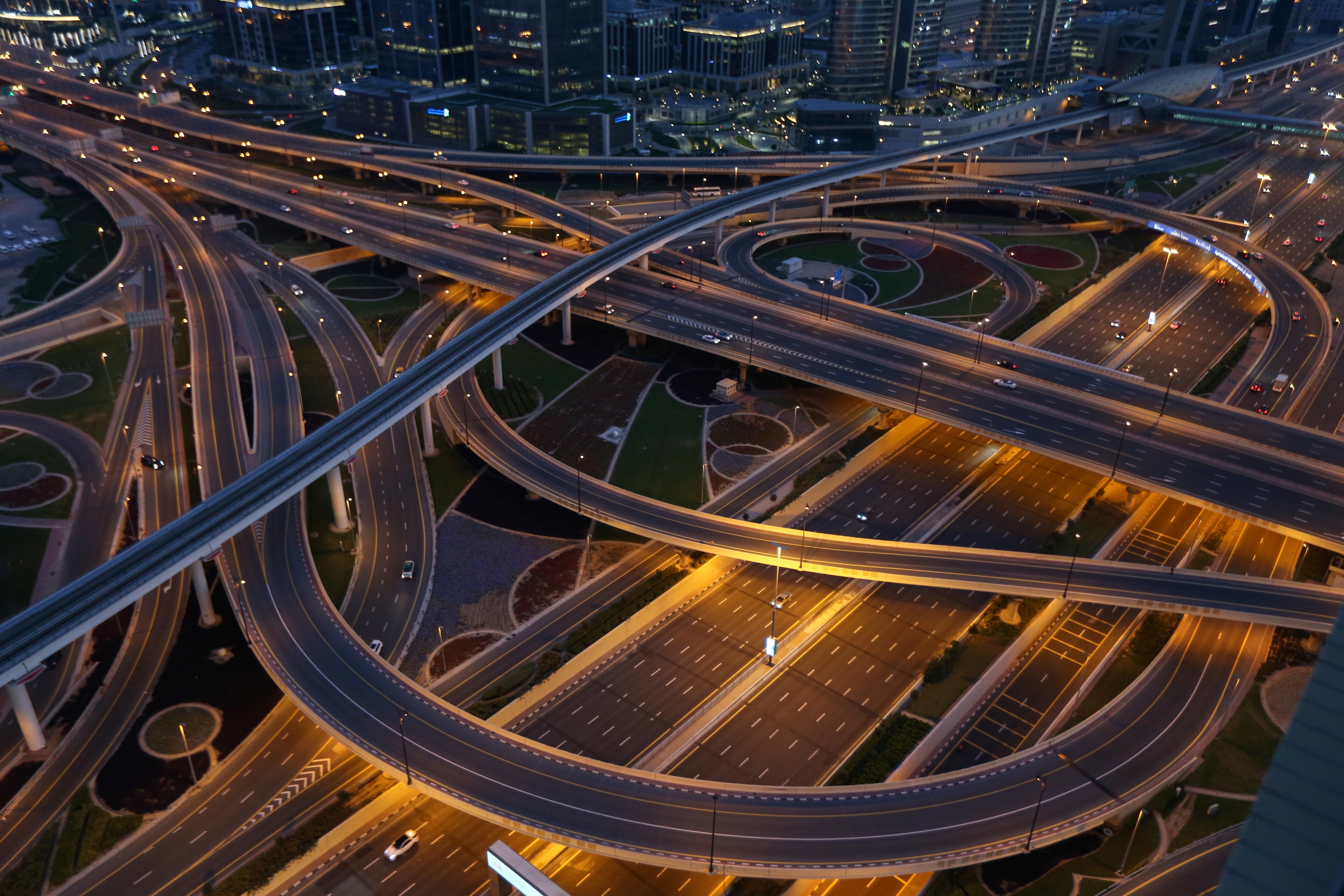What Melbourne teaches us about fast-growing cities and procrastination

Rowers train at dawn on the Yarra River in Melbourne
Image: REUTERS/Toby Melville
Stay up to date:
Long-Term Investing, Infrastructure and Development
As Melbourne’s population passed the five million mark, it became Australia’s fastest growing city and Victoria Australia's fastest growing state. This rapid growth is symptomatic of the changing face of Australia, as it transforms from a resources economy into an urban services economy. The services sector accounts for 61% of the country’s GDP and 79% of its labour force.
Australia is one of the world’s most urbanized nations, with its population concentrated in its major capital cities. This consolidation is yet to be recognized as the country’s greatest opportunity. It should be embraced and capitalized on.
It’s hard to imagine that Melbourne - named as the world’s most liveable city for seven consecutive years by The Economist - could be seen as a place of lost opportunities. Unfortunately, this is fast becoming the reality, as it clings to and makes plans using 20th-century solutions. Melbourne is apparently unable to think laterally, using the knowledge and data of the Fourth Industrial Revolution.
As a rapidly urbanizing planet, we no longer have the time or resources to deal with major challenges by building our way out of them, as we did in the 20th century. We need to embrace the best of the past, while using big data to optimize existing infrastructure and help service this rapid growth. Doing so, we can create greater social cohesion, economic vibrancy and environmental sustainability in our cities.

So what does this mean and how quickly can we get there?
Following the devastating earthquake in Christchurch, New Zealand, and the loss of essential infrastructure, the community needed to normalize quickly - by getting students back to school, for example. Christchurch addressed the situation not by building schools, but by ‘hot seating’ them - running two programmes every day, one in the morning and the other in the afternoon, using the same facilities.
The city's response was to take up underutilized capacity in its education infrastructure to deliver the required outcome. I suspect many teenagers attending in the afternoon would argue it was not only a practical solution, but an improved outcome altogether. The crisis and the consequent necessity for rapid action overrode traditional solutions and initiated a novel paradigm - one that revolved around timetabling rather than construction.
I experienced this type of lateral thinking on a larger scale when observing the impact we baby-boomers had on the university system back in the 1960s. In response to the sudden influx of new students, most universities chose rapid expansion with expensive infrastructure projects. Others, including Cape Town University (UCT), were constrained by site conditions and adopted an alternative approach. Their response was to question how well they were using their current infrastructure.
In UCT’s case, lecture theatres were only being used for 17% of the day. So, like Christchurch, their solution was not to build but to re-timetable to achieve greater efficiencies. The result was that the university was able to treble its student numbers over the following 30 years with very little additional construction. Interestingly, the only noticeable impact when I returned 30 years later was the increased vibrancy in a once sleepy campus.
In both examples, the need for rapid action achieved a positive outcome. Perhaps, if given too much time to mitigate a situation, our communities and politicians are less likely to look for new solutions, and more inclined to try to deliver more of the same.
For example, in the global response to climate change, we talk about needing to take action by 2030 or 2040 to keep temperatures below 1%. As a result, the four-year terms of governments allow for procrastination and minimal responses, rather than substantive action. This same default to procrastination in the face of rapid urbanization is obvious in our cities today.
So what would an alternative approach look like for Australian capital cities and for every low-density, car-orientated metropolis?
The response to rapid growth and congestion would not involve promises to widen freeways through built-up suburban areas, costing billions of dollars and taking a decade to complete, and which will only clog up again in the following decade, but would rather involve congestion charging. In this way, the city could quickly achieve a more equitable use of road infrastructure and raise the funding necessary to implement better alternatives for public transport, cycling and walking. When faced with this choice, we are experts at coming up with all the reasons for not taking this action. We kick the problem down the road.
Every tram driver in Melbourne spends 17% of their shift waiting at red lights. Reducing this to 10% would be the equivalent of providing 30 new 200-seat trams. Imagine the efficiencies that could be achieved if these trams ran uninterrupted on dedicated road space, rather than battling behind single-occupancy cars.
Think what would happen if overnight we were faced with petrol rationing and could only use non-essential vehicles - our personal cars - for 10% of the time? Having lived through these circumstances in Zimbabwe prior to independence, I observed that it took the country less than a few weeks to adapt, and for people to work out innovative ways to use their precious allocated fuel.
Far from bringing the country to its knees, the situation allowed it to innovate further and widen its industrial base. Another positive outcome was the emergence of a sharing and caring economy, in which people got to know their neighbours and those in need received assistance.
A similar scenario at the turn of the millennium saw Melbourne fight off an 11-year drought - one of the earlier impacts of climate change - by introducing water restrictions. However, the next government reversed the policy for political expediency.
Given this approach and the examples above, how might we plan our cities to accommodate rapid population growth over such a short timespan?
In 2010, the City of Melbourne published the paper ‘Transforming Australian Cities’. It proposed that Melbourne could no longer provide the required infrastructure to meet a doubling of the population over the next 30 years without confining all future growth within the extent of existing infrastructure, namely existing growth boundaries. The revelations of the study were quite startling. The simple assumptions were:
1. All future populations would need to be located in close proximity to existing transport infrastructure, in activity centres with railway stations, alongside major road-based transport routes or in brown-field sites. This is the notion of a walkable city.
2. New medium-density development could not invade existing suburban areas. Instead, the qualities of these places would be enhanced by planting more trees, collecting rainwater and expanding the use of solar energy - the new green wedges.
3. New development would need to avoid known sensitivities such as heritage, and conform to simple principles to produce high-quality development and enhance the existing public realm, particularly streets and adjacent neighbours.
4. No development would be higher than five to eight storeys, to ensure that any future disruptions to power or any crisis still enabled most people to access their dwellings. This ensures that development is of a human scale and can be adapted over time as circumstances change.
Using the above assumptions, the resulting analysis of every land parcel in the metro area showed that you could double the city's population from four to eight million by building on only 7.5% of the metro land. The most striking impact, other than avoiding compromising existing residential areas, was the saving in infrastructure costs - $440 billion over 50 years.
The added benefits were: more efficient use of transport infrastructure; improved accessibility and health; and a possible reduction in family violence, through the removal over time of isolation and financial stress brought on by the high costs of owning and maintaining a car in a car-based economy. This is known to consume up to 20% of family income.
This gradual increase in density and mixed use in the wider metropolitan city would mirror the success of central Melbourne over the last 35 years. It has transformed from a dying inner city into one of the world’s most vibrant urban centres, consistently ranking in lists of the top 10 cities worldwide.
This process and change has been well documented in the recent publication of ‘Urban Choreography: Melbourne 1985-' by Dovey et al (2018), which makes the argument for incremental change against the political appeal of large glamour projects. It also highlights the six key characteristics of good cities: density, mixed use, connectivity, local character, high-quality public realm and adaptability. While Melbourne possesses all six of these characteristics, the most salient has been its centre's ability to adapt and take on the challenges of rapid growth.
One example of this is its encouragement of the repurposing of empty commercial office buildings for residential use, through a programme known as ‘Postcode 3000’. This saw the number of residential properties grow from 650 in 1985 to more than 40,000 by 2018. In this way, Melbourne is spectacularly changing the economy, sustainability and vibrancy of downtown. It is also reducing the tax burden on property owners, by lowering the rate charged from 13 cents per dollar to four cents.
This new population’s need for open space saw the city simultaneously repurpose more than 80 hectares of asphalt and other redundant infrastructure into widened footpaths and public open space. Lost opportunities in this process included not establishing a requirement for 20% affordable housing in all new development, which would have provided 8,000 new affordable units.
Furthermore, a 1% developer contribution was not leveraged, resulting in lost revenue of (conservatively) $300 million over 10 years. Both requirements were not put in place on the misguided understanding that such a levy and inclusionary zoning would increase building costs, whereas the data shows the most likely impact would have been to lower land prices.

In the same way as many great cities that grew out of a cattle-based wealth which then slowly declined when the distance between its centre and the outer reaches of its pastures became unworkable, Melbourne’s success is now threatened by its inability to support ever growing suburban sprawl.
All the symptoms of a sick city are present, including unhealthy suburbs, family violence, mortgage stress and rising obesity, all of which costs the Australian economy more than $100 billion every year. The case for change has never been stronger, as Melbourne’s recent fall from being the world’s most liveable city indicates.
We are left with a clear choice - more of the same, meaning slow suffocation through congestion, poor health, social disruption and unsustainability, or the incremental enrichment of our metro area through a policy of consolidation and greater use of our existing infrastructure.
This is a 30-year journey that requires our governments to look courageously beyond the short-termism of the next four years. They should put in place the policies essential for change, as politicians did in the 1980s in cities around the world, from Glasgow to central Melbourne.
Don't miss any update on this topic
Create a free account and access your personalized content collection with our latest publications and analyses.
License and Republishing
World Economic Forum articles may be republished in accordance with the Creative Commons Attribution-NonCommercial-NoDerivatives 4.0 International Public License, and in accordance with our Terms of Use.
The views expressed in this article are those of the author alone and not the World Economic Forum.
Forum Stories newsletter
Bringing you weekly curated insights and analysis on the global issues that matter.
More on Urban TransformationSee all
Jeff Merritt and Vivian Brady-Phillips
July 25, 2025
Muhammad Hassan Dajana and James Balzer
July 22, 2025
Olivia Nielsen
July 16, 2025
Luis Antonio Ramirez Garcia
July 14, 2025
Sam Markey, Basmah AlBuhairan, Muhammad Al-Humayed and Anu Devi
July 8, 2025




